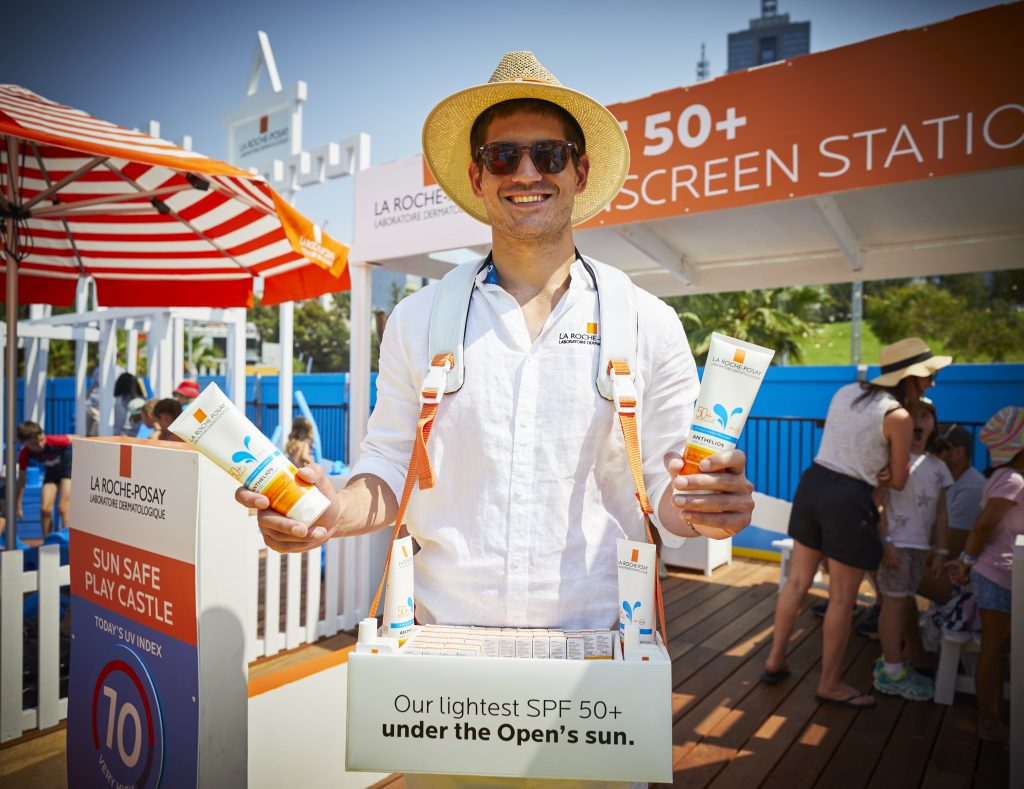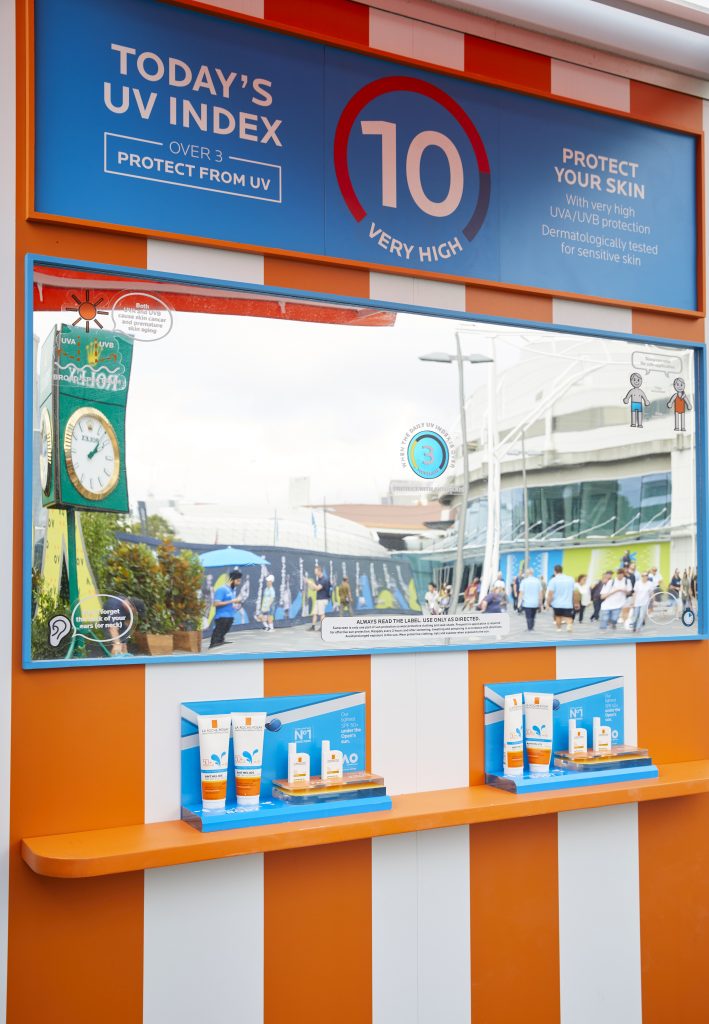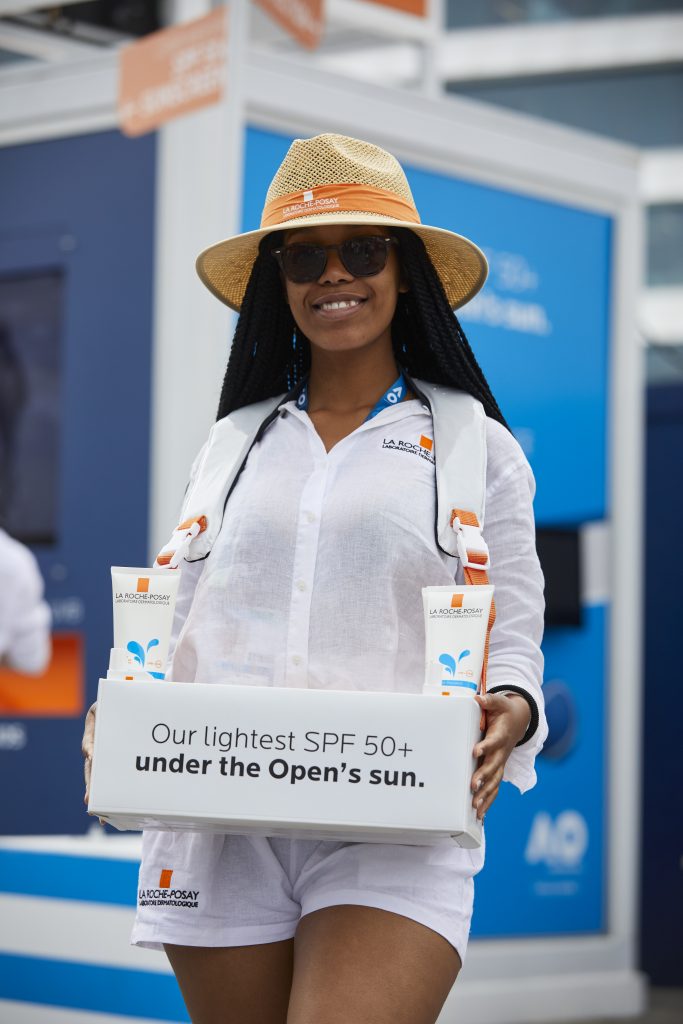Suncare is something that we should think about 365 days of the year. Whilst we often think we should only wear sunscreen during the Summer, it’s paramount that we consider doing this year round to protect against the harmful UV rays that are abound when the sun is out. French skincare brand, La Roche-Posay is this year’s Australian Open sunscreen partner and have been working on a campaign to improve awareness of suncare and the UV index, and the importance of wearing sunscreen all throughout the year. We caught up with their experts, dermatologist Dr Cara McDonald (from Complete Skincare Specialist in Victoria) and La Roche-Posay’s Scientific Communications Manager Rachel McAdam to find out more about the harmful effects of UV rays and what La Roche-Posay’s campaign is all about.
There are different types of UV rays – UVA and UVB. At a super basic level, what is the difference and why does it matter that we protect from both?
Dr Cara McDonald: UVA and UVB are the two main types of radiation from the sun, that cause skin cancer and premature ageing. UVB penetrates the more superficial layer of the skin, known as the epidermis. UVB causes direct damage to the cells (sunburn) and results in DNA damage. Down the track those cells will remain abnormal and may become cancerous.
UVA on the other hand is a longer wavelength and penetrates deeper, down into the dermis. UVA causes more damage to the collagen and elastin fibres which give our skin thickness, strength and elasticity. Therefore, UVA is largely responsible for thinning of the skin, wrinkling, pigmentation and other signs of premature ageing. There are many pigmentation removal procedures to help combat the damage. But having the right skin care is key as UV light causes direct damage but makes collagen disappear faster by activating the enzymes that breakdown collagen. It also decreases the immunity in the skin and causes increased free radicals which result in further cellular and collagen damage.
What are some easy steps for us to ensure we’re protected from the sun and why does this extend to ensuring we incorporate suncare into our daily regime no matter whether we’re in the sun or not?
Dr Cara McDonald: What many people don’t realise is that harmful UVA light is persistent year-round and can penetrate through glass and clouds. So even when you’re not actively tanning or at risk of sunburn, you can still experience enough incidental UV damage to see signs of premature ageing.
I would recommend daily SPF 50+ year-round, and also ensure your sunscreen is labelled as “broad spectrum”. These sunscreens will protect against the majority of UVB (which causes sunburn and DNA damage) but also incorporate stabilised UVA protection to protect against signs of premature ageing and pigmentation problems. Sunscreen should be applied after any other active ingredients or moisturiser, but before makeup, 365 days of the year. A lightweight formulation that is easily absorbed and well tolerated is the best sunscreen choice to ensure daily use.
Once a day application will be sufficient for days spent mainly indoors but repeat application is best if outdoors or active (swimming or sweating). Additional protection such as hats, clothing and shade are also considering where possible.
At this year’s Australian Open, the official Sunscreen partner La Roche-Posay will be working to increase suncare awareness through it’s ‘Over3, Protect from UV’ campaign. Tell us what this means and why it’s important?
Rachel McAdam: The UV Index is a measure of UV intensity at any given time and place. When the index reaches 3, the risk of UV danger reaches a moderate level, and the World Health Organisation recommends that sunscreen is applied. In Australia, we often see the index reaching extreme levels at 10 and above! La-Roche Posay aims to promote the use of the UV index, as well remind people, that the UV index can be high even on cooler, cloudy days.
During AO20 La Roche-Posay will be showcasing the interactive ‘reverse UV camera’ to show users where they have applied their sunscreen. Why is it important we understand how we apply sunscreen?
Most Australians don’t apply enough sunscreen which means the labelled SPF protection may not be achieved. We need to be applying 2.5mls approximately half a teaspoon) of sunscreen to our face and neck. The UV reverse camera helps highlight whether coverage is sufficient and well-distributed in order to educate on thorough application and re-application of sunscreen.
What makes the Anthelios range the best choice for suncare?
La Roche-Posay Anthelios sunscreens are formulated to not only deliver SPF50+ broad spectrum UV protection, but also offer a cosmetically elegant texture that provides a light, invisible, yet velvety-soft finish on the skin. Anthelios also includes ingredients that are able to absorb excess sweat and oil to create an ideal makeup base.
For more information on the La Roche-Posay range and suncare tips visit https://www.laroche-posay.com.au/




Leave a Reply